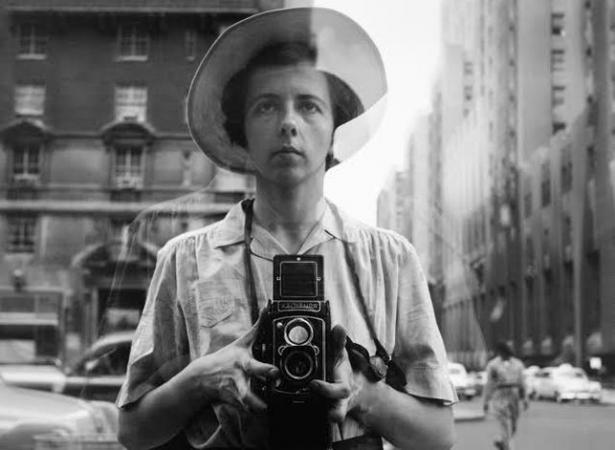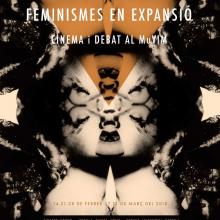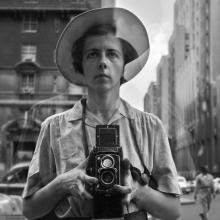In October 2016 El Prado held the showing «El arte de Clara Peeters» (The art by Clara Peeters), the first exhibition that — in 200 years of existence— the national art gallery entirely devoted to a woman. Clara Peeters was one of those few women that, in the 17th-century Europe, could work as a professional painter. She enjoyed success and recognition during her lifetime and knew how to overturn the topical restrictions imposed to her during the development of her career: she made that the theme of still life- until then a minor genre reserved for the creative and amateur solace of women – became part of luxurious collections, updating it from a formal and iconographic point of view with a virtuous self-style to the beat of the Flemish Baroque painting.
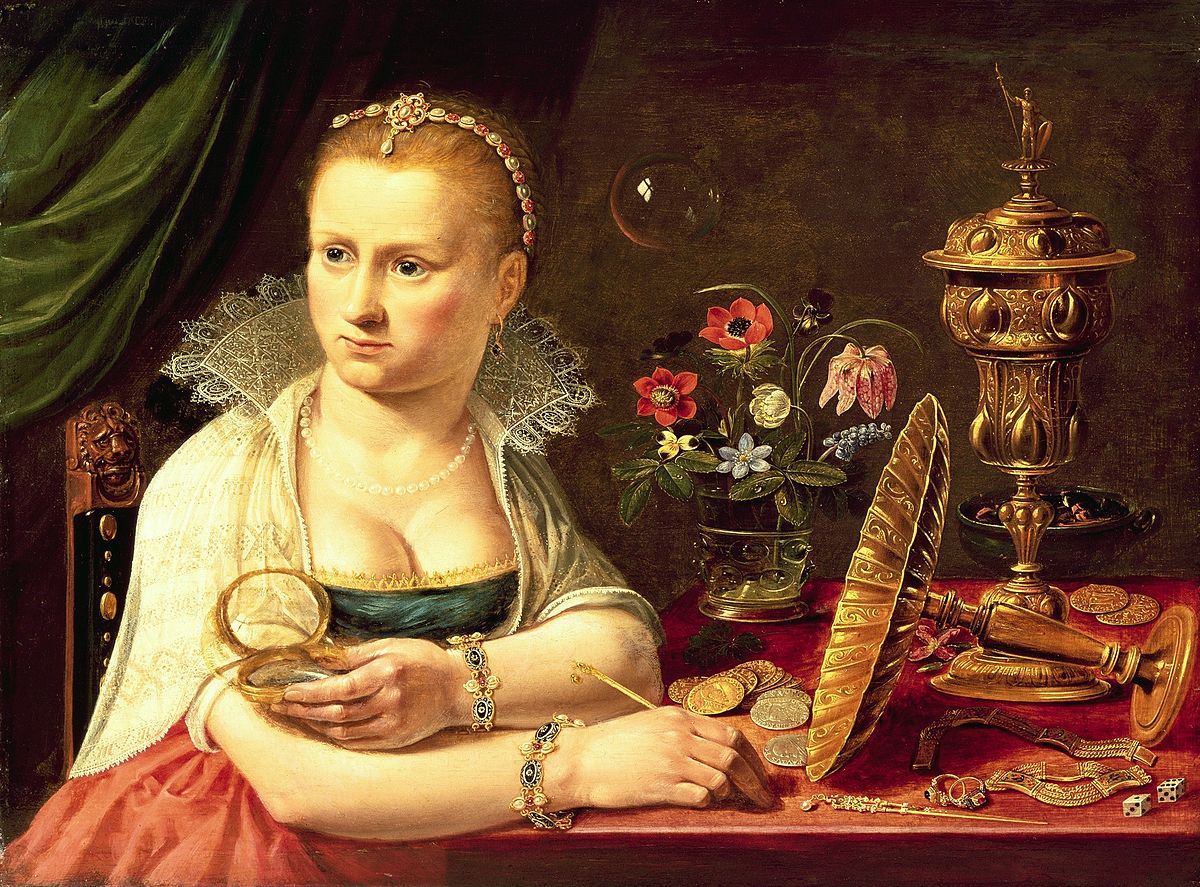
Clara Peeters (1594-1657), Vanitas (posible autorretrato)
Names as the ones of Clara Peeters, Artemisia Gentileschi or Berthe Morisot, are more and more heard in academic and conventional critics circles since some years now thanks to the pressure exerted by the intellectual activism of the so-called gender studies. These studies, far beyond the inclusion in the school books of certain well-liked names —an absolutely essential inclusion— set out, since the seventies, a structural reformulation of the History of Art and art criticism as active disciplines as well as the reformulation of cultural industry, which still today continues to be excluding and unequal but which doubtlessly has a near future and an encouraging present in motion.
If the women artists' trace was carefully erased it was not just because of the misogyny prevailing at that moment, but specially due to the unsparing task of centuries of androcentric historiography
Some of these women artists, rescued today from the bonfire of patriarchal oblivion, did not enjoyed the pleasure of success as their male peers did — though Peeters and Gentileschi could partially enjoy it— but assimilated into alternative and underground circles of the time counting on the consent and support of many colleagues — Berthe did not exhibit her work in the Salon des Refusés, but was accepted by the impressionist group and developed her career with them. If the trace of her work was carefully erased it was not just because of the misogyny prevailing at that moment but specially due to the unsparing task of centuries of androcentric historiography which should not only be cleared with the payment of selective and limited — although doubtlessly well-deserved — tributes.
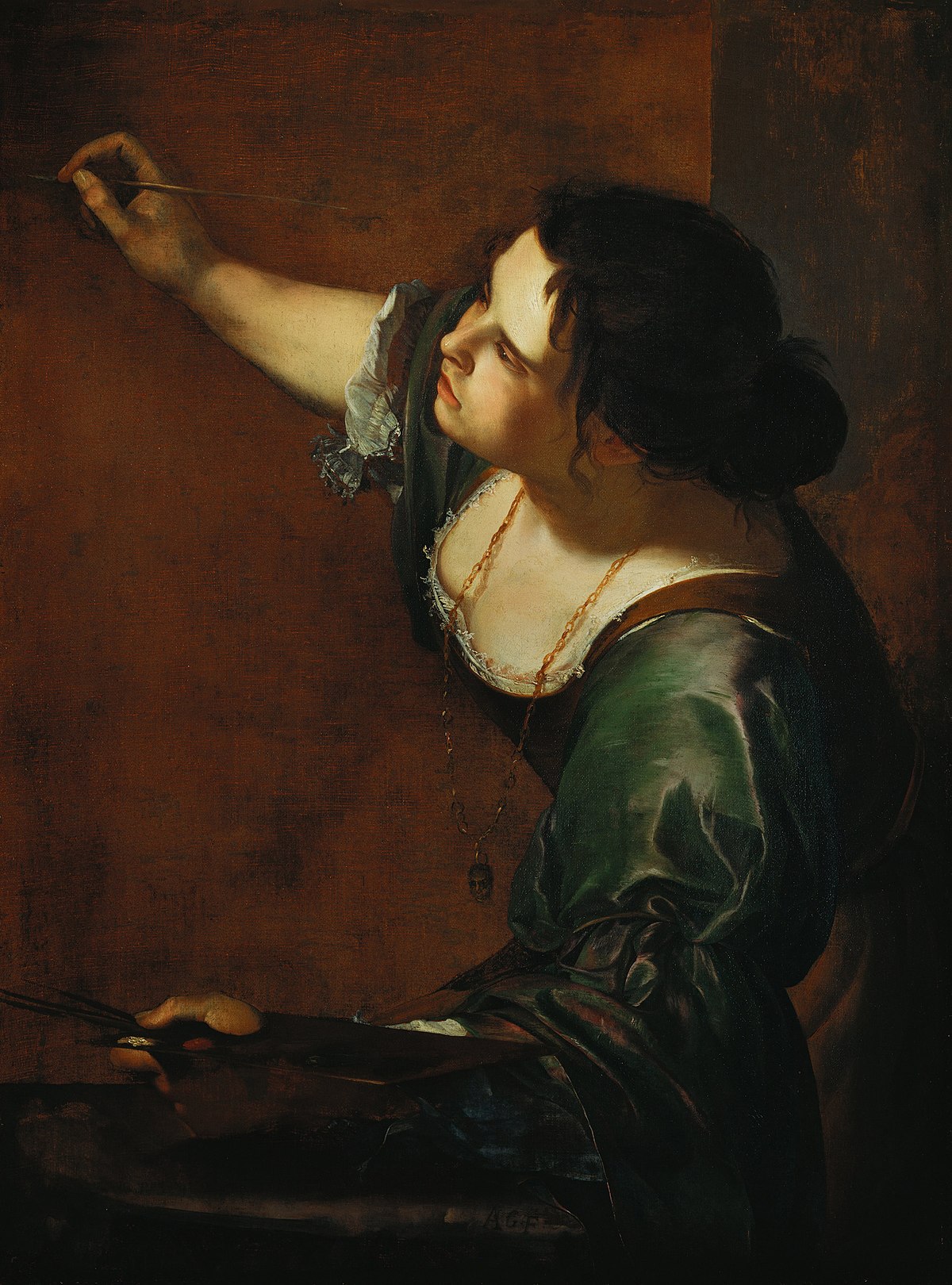
Artemisa Gentileschi (1593-1653). Autorretrato como alegoría de la pìntura.
If Virgina Woolf raise from the dead, still burdened by the achievements of her feminist countrywomen, she could not stop condemning that the space great museums reserve to a reduced list of women —all of them white and not too polemical— has not much of a room of one’s own but some of a dangerous, predominant and redeeming conformity and undeserved indifference towards those other women who, what a pity, were not good or did not strive enough to be accepted, with feet of clay, in the male world of art.
There were less women artists, historians, etc, because during centuries they were deprived of the two basic ingredients for any real emancipation project: education and time
Vivian Maier — a documentary on her life and the discovery of her work was the starting point of the second session of the cinema and debate series «Big Bang Dones. Feminismes en expansió» (Big Bang Women. Expanding feminisms) which was held in our museum from February to March 2018 — could have been one of these ignored women if her pictures had not been randomly found, by the hundreds, in an auction. Although today she is considered as one of the most interesting artists of the trend known as street photography, she never worked as a professional photographer. Perhaps she was not interested. Or maybe her job as babysitter, historical conditions, the difficulties to reach an artistic education and channels for promotion, housekeeping, lack of support, etc made her dismiss the idea or even that she never considered it at all.
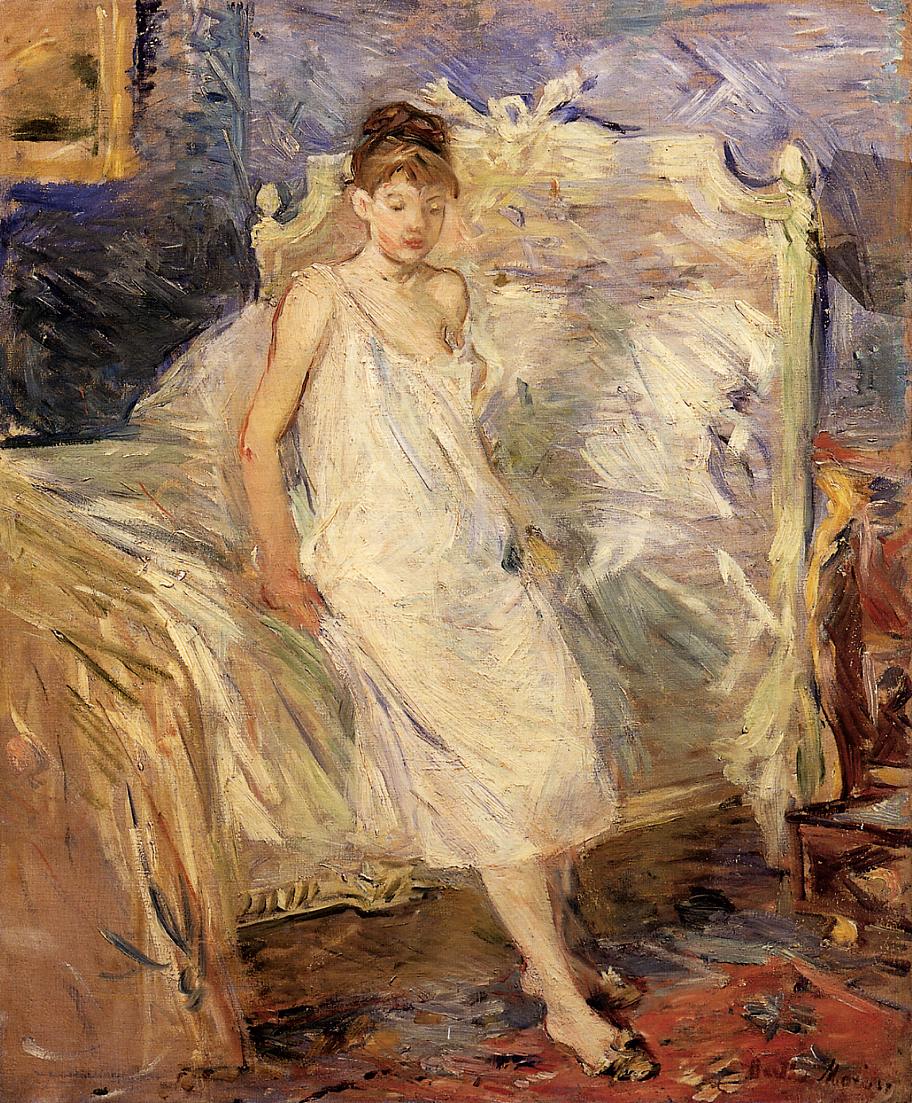
Berthé Morisot (1841-1895), Getting up
There were less women artists, historians, writers, philosophers and more besides, because during centuries they were deprived — due to lack of freedom and lack of means to fight for it —of the two basic ingredients for any real emancipation project: education and time, time for thought, for trained practice and for the self-regeneration.
The necessary regeneration, which has been and still continues in progress, requires to maintain the commitment to the construction of a feminist and inclusive History of Art
But if access to education is no longer the problem and History of Art, Fine Arts and Cultural Management classrooms are now filled with a wide majority of women, we should then wonder where it is the cultural Bermuda Triangle which makes that, during their journey to professionalization, these women continue disappearing. Or where it is — and who builds and underpins — the dyke which, even with its leaks, hamper survivor women from reaching power positions. Or how institutions and policies should change in order to boost the creation of cultural production focal points — alternative at the beginning, prevailing later— in which the woman presence be not a miracle but a general rule and the praise of their contributions be not set out as an exceptional and benevolent inclusive action or from the supposed singularity of the creative act itself.
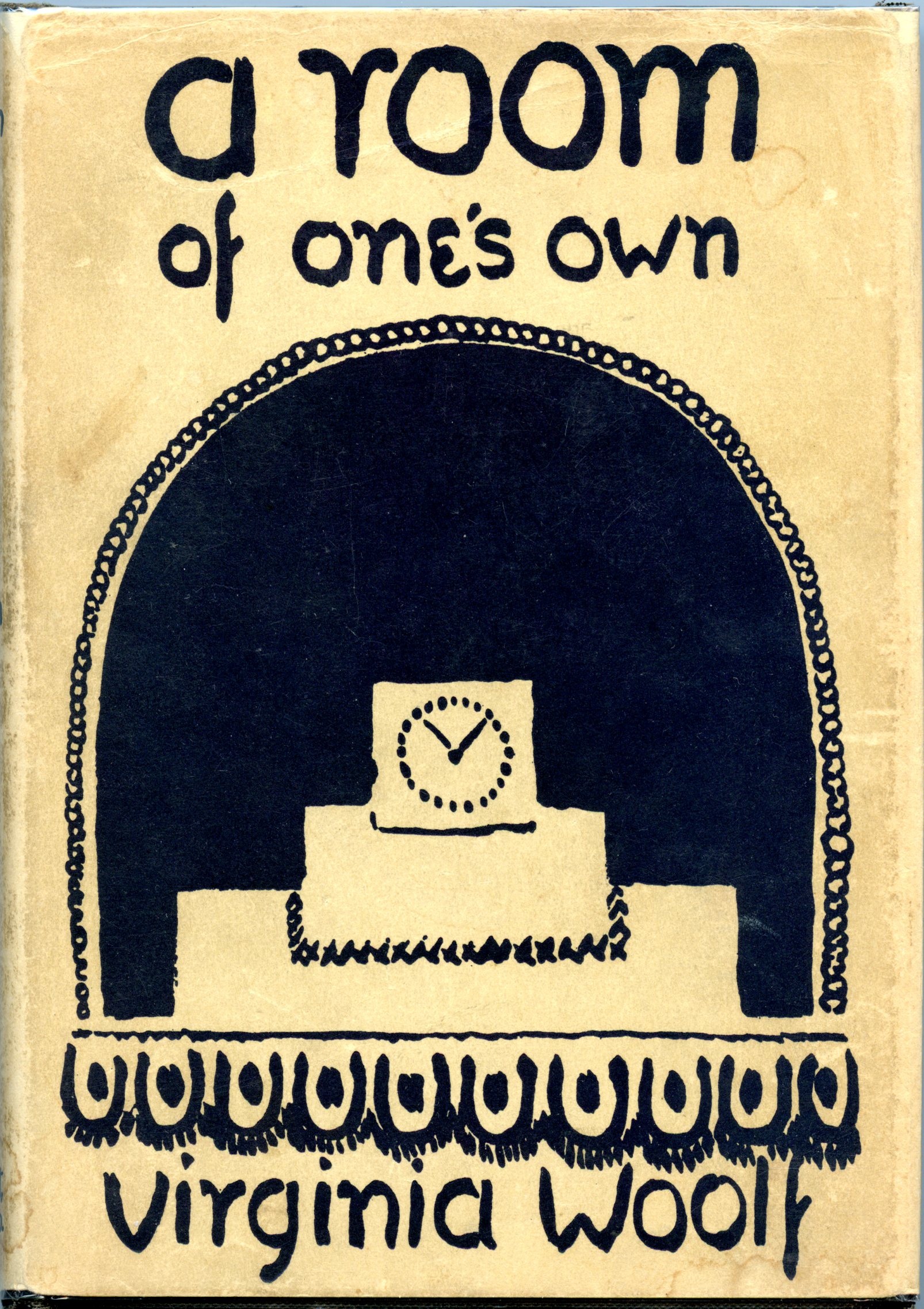
We should wonder just as María Bastarós does in her project Quién coño es? — she took part on the “Big Bang Dones” debate of 21 February 2018 — where the hell are women in the History of Art and in today’s cultural life. Because, the truth is that there is an army of dissident muses producing and managing culture and food for thought — sometimes in the dark and sometimes against the light — and whom must be payed attention and given room. They are a sort of “guerrilla girls” of the peaceful and noiseless revolution, they are that encouraging future and present in motion.
There is an army of dissident muses producing and managing culture and food for thought and whom must be payed attention and given room
The necessary regeneration, which has been and still continues in progress, requires to maintain the commitment to the construction of a feminist and inclusive History of Art -not elitist nor segregating- committed with its own revision for the (re)discovery of these other names and with the consideration of other expressive forms and ways of doing.
The foundations of a high-flying historiography, clever and committed both with the memory and the voluntary oblivion of old patterns which set aside the woman as a mere icon for representation or as the brilliant exception — that proves the rule— of the old male cultural universe, can be laid — even if still remains a lot of work to be done. In the meantime, we can answer in the way of Ana Elena Pena —who took part as presenter in the third session of «Big Bang Dones» — to those men who come with echoes of the past, telling stories that interest no one anymore:
Ahora que rehíce mi vida y mi cuarto, saqué la basura y remendé mis piezas, me vienes con camelos y disculpas. ¿Sabes qué te digo, cariño? Que no me pises lo fregao.
Now that I have rebuilt my life and my room, I have taken the trash out and darned my pieces, you come to me with sweet-talks and apologies. Look, you know what I mean honey? Please, don’t tread on my wiped floor.
Belén Iranzo | MuVIM


